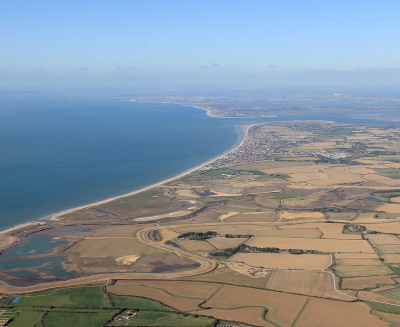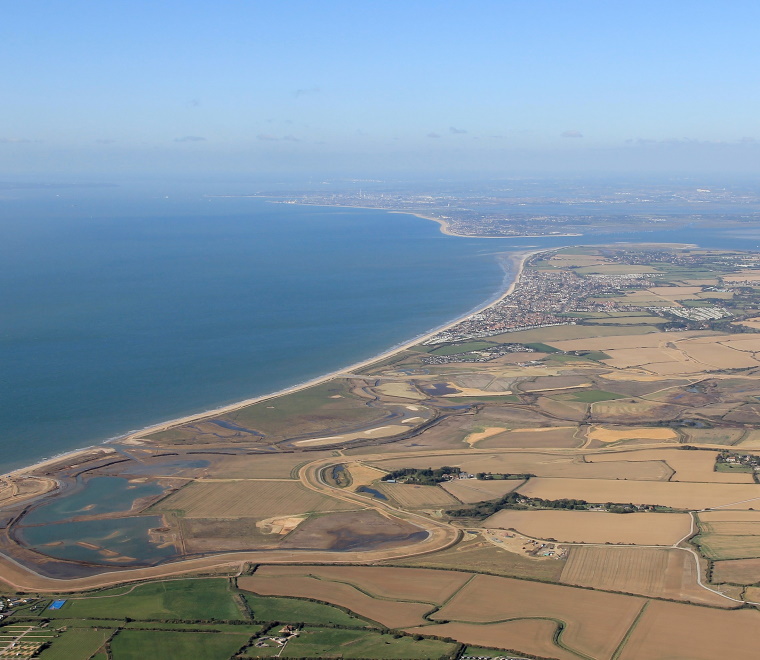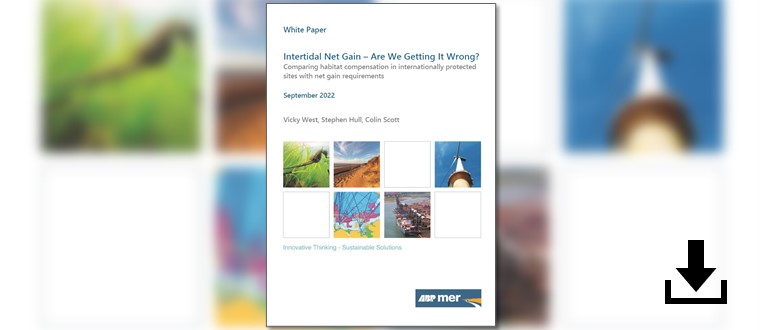12/09/2022
How does habitat compensation in internationally protected sites compare with net gain requirements?
Our natural environment is in crisis, and we need to start contributing to the restoration of natural habitats to reverse biodiversity decline.
Biodiversity Net Gain (BNG) is the concept which ensures that, in addition to guaranteeing that development has no significant environmental impact, there is a positive move to improve or add to biodiversity value as part of the development process. This aims to leave the environment in a better state following development, and to secure wider benefits for people and the environment.
BNG requirements have been introduced under the Environment Act 2021 and will become a mandatory part of the planning system in England from November 2023, thereby including land down to the Mean Low Water mark, i.e., intertidal habitats. Whilst the BNG framework for developments on land is generally well established the metric that is applied for intertidal environments is newer, and has received limited scrutiny and testing.
Natural England has recently circulated its latest version of the intertidal biodiversity net gain metric (version 3.1) and there is an ongoing consultation requesting feedback on the revised version. This is anticipated to be the last consultation on the metric before a finalised version is published in November 2022, following which there will be no revisions for at least 3-5 years.
At ABPmer we are a wholly supportive of the concept of BNG. As specialists in coastal habitat creation, we place a great deal of emphasis on understanding the methods and value of habitat restoration to address the declines in coastal ecosystems. However, we, along with a range of interested parties and sector representatives, have significant concerns about the proposed methods of accounting for BNG in the intertidal environment and find the metric, in its current form, incredibly conservative in its approach, which is likely to make it impractical to implement. This would be an unfortunate own goal.
For many years, protections have been in place through the Habitats Regulations to ensure damage to our protected habitats is minimised, and where damage through development is unavoidable and must proceed on the grounds of Imperative Reasons of Overriding Public Interest (IROPI) that this is appropriately compensated for. Developers have worked with these regulations for many years to design schemes in a sympathetic way and to compensate for lost habitat where required.
Numerous reviews conclude that these approaches have successfully delivered sites for nature, including Defra’s own research. As a result, we now have a wealth of positive case studies and approaches to follow.
As such, our White Paper examines the requirements that the new BNG metric will impose against what is known about the real-world practicalities of habitat creation in the UK. It compares the latest BNG metric with examples of compensation delivered under the Habitats Regulations, with the aim of clearly highlighting the current issues and providing both a sensitivity and reality check for the approach and for the assumptions underpinning the metric parameters.
Read the White Paper, Intertidal Net Gain – Are We Getting It Wrong?
ABPmer's marine planning and policy specialists are thought leaders in Marine Net Gain.
‘Intertidal Net Gain – Are We Getting It Wrong?’ is the latest in a series of White Papers making recommendations on implementing Net Gain, as well as leading and contributing to studies to inform its implementation.
Curious about Marine Net Gain? Join the conversation in our LinkedIn marine net gain discussion group.






